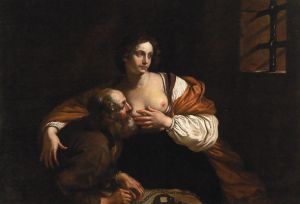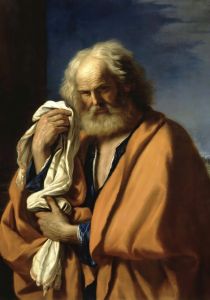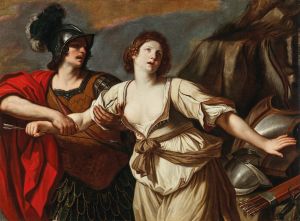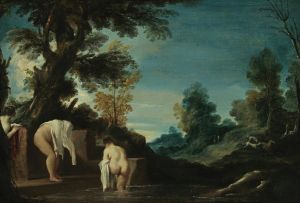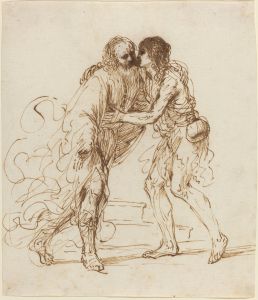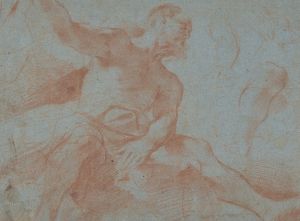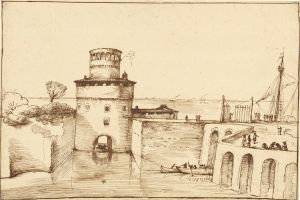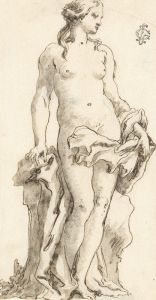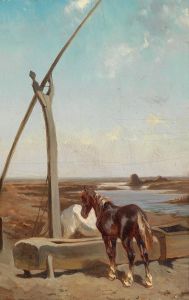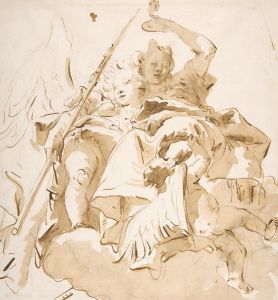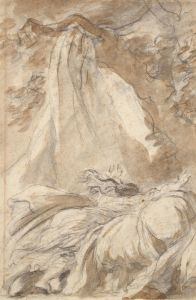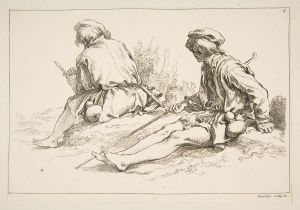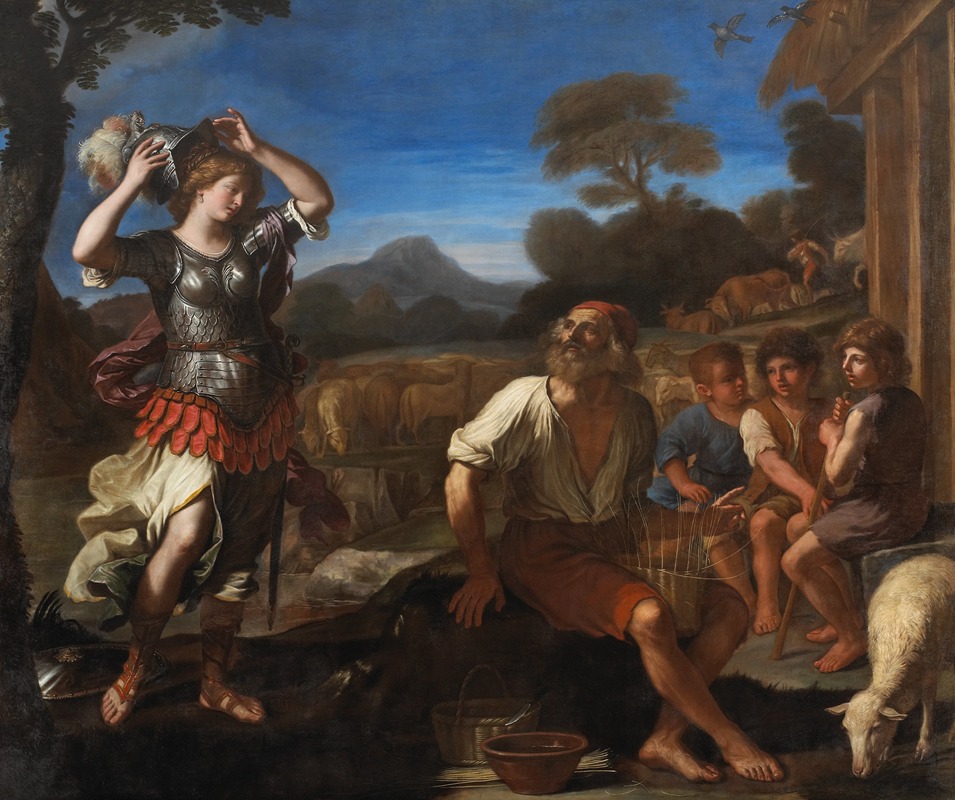
Erminia and the Shepherds
A hand-painted replica of Guercino’s masterpiece Erminia and the Shepherds, meticulously crafted by professional artists to capture the true essence of the original. Each piece is created with museum-quality canvas and rare mineral pigments, carefully painted by experienced artists with delicate brushstrokes and rich, layered colors to perfectly recreate the texture of the original artwork. Unlike machine-printed reproductions, this hand-painted version brings the painting to life, infused with the artist’s emotions and skill in every stroke. Whether for personal collection or home decoration, it instantly elevates the artistic atmosphere of any space.
Erminia and the Shepherds is a painting by the Italian Baroque artist Giovanni Francesco Barbieri, better known as Guercino. Created in 1619, the work is an oil on canvas and is considered one of Guercino's early masterpieces. The painting is currently housed in the Galleria Doria Pamphilj in Rome, Italy.
The subject of the painting is drawn from the epic poem Gerusalemme Liberata (Jerusalem Delivered) by Torquato Tasso, a seminal work of Italian literature published in 1581. The poem recounts a fictionalized version of the First Crusade, blending historical events with romantic and fantastical elements. In this particular scene, Erminia, a Saracen princess, flees the battlefield disguised in the armor of the Christian warrior Clorinda. Seeking refuge, she stumbles upon a group of shepherds and finds solace in their pastoral life.
Guercino's depiction of this moment is notable for its emotional depth and naturalistic detail. Erminia is shown seated among the shepherds, her expression conveying a sense of vulnerability and introspection. The shepherds, along with their flock, are portrayed with a tender realism that reflects Guercino's skill in capturing human emotion and the beauty of rural life. The composition is marked by a harmonious balance between the figures and the surrounding landscape, which is rendered with soft, atmospheric lighting typical of Guercino's early style.
The painting exemplifies the Baroque era's emphasis on drama, movement, and emotional engagement. Guercino employs a rich palette and dynamic contrasts of light and shadow to heighten the scene's visual impact. The use of chiaroscuro, a hallmark of Baroque art, enhances the three-dimensionality of the figures and creates a sense of depth.
Commissioned by Cardinal Alessandro Ludovisi, who later became Pope Gregory XV, the painting reflects the patronage of the Catholic Church during the Counter-Reformation. Artworks of this period often sought to inspire piety and convey moral or religious themes, and Guercino's Erminia and the Shepherds aligns with these objectives through its depiction of compassion and pastoral simplicity.
Guercino's ability to merge literary inspiration with visual storytelling has made Erminia and the Shepherds a celebrated example of Baroque painting. The work continues to be admired for its technical mastery and its poignant interpretation of Tasso's epic narrative.






